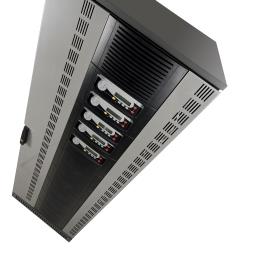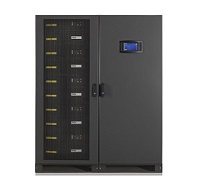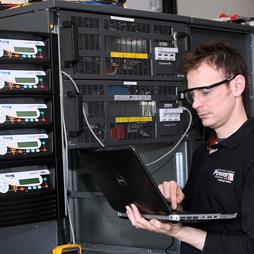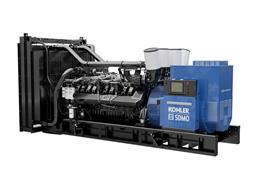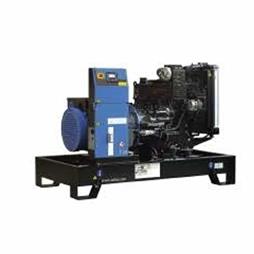PowerWAVE 9000DPA UPS awarded inclusion on to ECA list for environmentally conscious products
14-10-2014
The highly acclaimed, modular PowerWAVE 9000DPA UPS from Uninterruptible Power Supplies Limited (UPS Ltd) now offers the lowest total cost of ownership in its class, with its inclusion in the Carbon Trusts Enhanced Capital Allowance (ECA) approved products list.
The ECA Scheme for Energy Saving Technologies was created to encourage environmentally proactive businesses to invest in plant or machinery which has been designed with energy efficiency in mind, and which has been recognised as such on the Carbon Trusts Energy Technology Product List (ETPL).
The 30kVA and 50kVA modules of the PowerWAVE 9000DPA are now Carbon Trust ECA listed products. In real terms, this means businesses investing in the 9000DPA can offset 100% of the cost of the UPS against taxable profits; therefore potentially reducing the organisations tax bill by 26% of the equipment cost.
If your business pays corporation tax at the current rate of 26%, every £1,000 spent on qualifying equipment would reduce its tax bill in the year of purchase by £260. Loss-making companies can also receive a substantial tax benefit when purchasing ETL qualifying technologies, with Payable ECAs. Through this scheme the Government will reimburse the organisation the value of the ECA equipment, up to 19% of companys total loss for that year.
In addition, delivery, installation, project management and professional fees associated with the purchase can also be included – further reducing the cost of the 9000DPA.
The PowerWAVE 9000DPA already boasts one of the greatest levels of critical load availability, flexibility and energy efficiency in the market, and has several other impressive features which have helped to secure its position on the list. UPSLs Sales and Marketing Director, Alan Luscombe, explains: “The PowerWAVE 9000DPA is at the very forefront of the UPS industry in terms of technology so it is not surprising it has been accepted by the ECA. The 9000DPA is able to offer 96% true online efficiency, which itself significantly reduces system running costs and on-site air conditioning costs – and helps ensure the PowerWAVE 9000DPA offers one of the lowest total cost of ownership and smallest carbon footprint in its class.”
Luscombe continues: “The 9000DPA takes full advantage of our state-of-the-art De-centralised Parallel Architecture (DPA), which uses independent, self-reliant, three-phase UPS modules to remove single points of failure. The UPS system also delivers a highly flexible solution with hot-swap modules, which permit selectable load power capacity up to 250kVA (5 x 50kVA), all in one parallelable 19" rack format cabinet.”
PowerWAVE 9000DPA key benefits:
• Up to 250kVA (200kVA N+1) is a single frame
• Paralleable up to 1.5MVA
• Decentralised Parallel Architecture (DPA™) assures exceptional availability and maximum uptime through critical component and circuitry duplication
• Six nines (99.9999%) availability
• Hot-Swap modularity provides total
flexibility ensuring the UPS can be rightsized to the critical load at initial installation, reducing initial costs, optimising operating efficiency and reducing the total cost of ownership.
• Quick and simple power upgrade or repair by Hot Swapping modules while the UPS is online maximises availability and simplifies system upgrades
• High operating efficiency across a wide load range (94% to 96% efficiency from 25% partial load to 100% full load) reduces system running costs and site air conditioning costs, reducing system carbon footprint
• Small footprint – only 0.43m2 at 250kVA (200kVA N+1) delivering a power density of up to 342kW/m2 – allowing substantial and valuable space savings even at the highest power ratings
• Near unity input power factor at partial and full loads (PF>0.99 @ 100% load)
• Low input harmonic distortion (THDi<3%)
• Blade server friendly – provides fully rated output real

